Front end web development frameworks are frameworks that help you start and quickly complete your web development projects, while providing you with the best results possible. These frameworks are very popular, and there are so many of them these days, with each providing different benefits to the web developer and the web development agency. . There are new ones being released everyday as well. Because of this, you must choose wisely depending on what you want to achieve. Here are some of the best web development frameworks that you can choose from today:
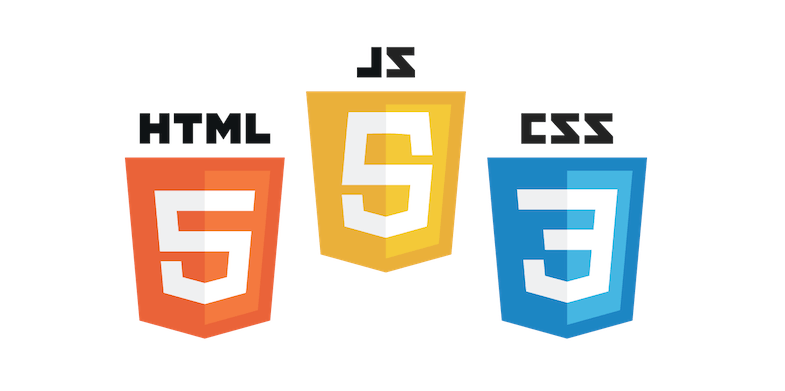
1. Bootstrap

This is a very popular web development framework and one that you should seriously consider working with. It was created by some of the same people that developed Twitter, and was released in 2011. It is currently the most used open-source web development framework, and includes HTML, CSS and JavaScript components. One advantage of using Bootstrap is that it supports the development of responsive web designs and it has extensive documentation that you can use. It is frequently updated, meaning you will receive the best and latest features should you choose to work with it.
2. Foundation

Foundation was created by Zurb, a California based web design company. It is an advanced type of web development framework that is suitable for enterprises, and is especially known for creating lively and responsive websites. It is the kind of framework that is used to develop websites like Facebook, Mozilla and eBay. Because of its complexity, it may not be the best framework to use for newbies in coding. It does not have any locked-in style, therefore, you will be able to enjoy great flexibility when working with it. It also doesn’t use pixels, but instead uses REMS, which eliminates the need to state the width, height and all the other attributes for every device in use.
3. Semantic-UI
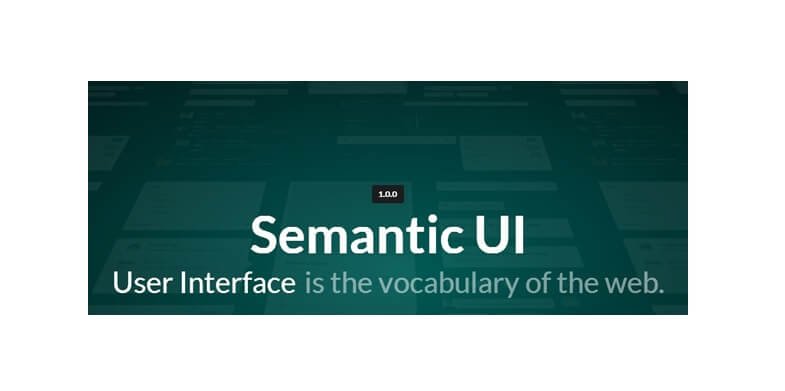
This is one of the newest web development frameworks you can get, and it is showing great potential, with many web developers stating that it may become one of the best frameworks you can get. One reason is because of its simplicity. It uses natural language, meaning that its code is self-explanatory, making it a great framework to use eve if you are new to coding. Another great thing about Semantic-UI is that it has versatile elements, which are great for customization.
4. Material UI
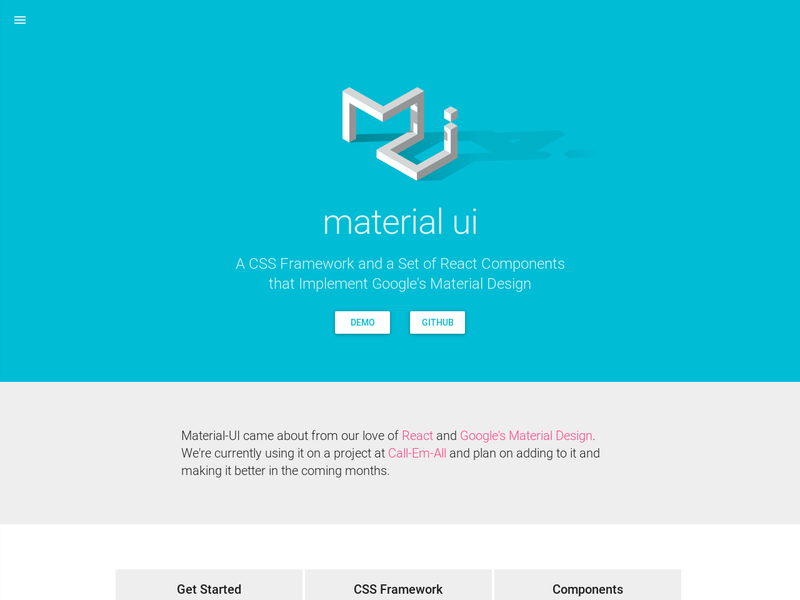
This front-end framework allows you to stick to Google’s material design guidelines. It is the best framework to use if you would like to follow these guidelines to the letter. However, it is not the best one to use should you have a brand new web design project to initiate. It comes with ready-to-use CSS and components that are compliant with material designs. Another great strength of Material UI is that it is highly customizable, helping you to achieve your goals with ease.
5. Skeleton

This is a lightweight, front-end framework that comes with only 400 lines of code. It is highly responsive and it offers minimum requirements that a web designer may need in order to get started with web development. This means that you may not get everything you need to develop your web projects. It is also very simple to use, making it one of the best starting points for amateur web developers.
6. Materialize
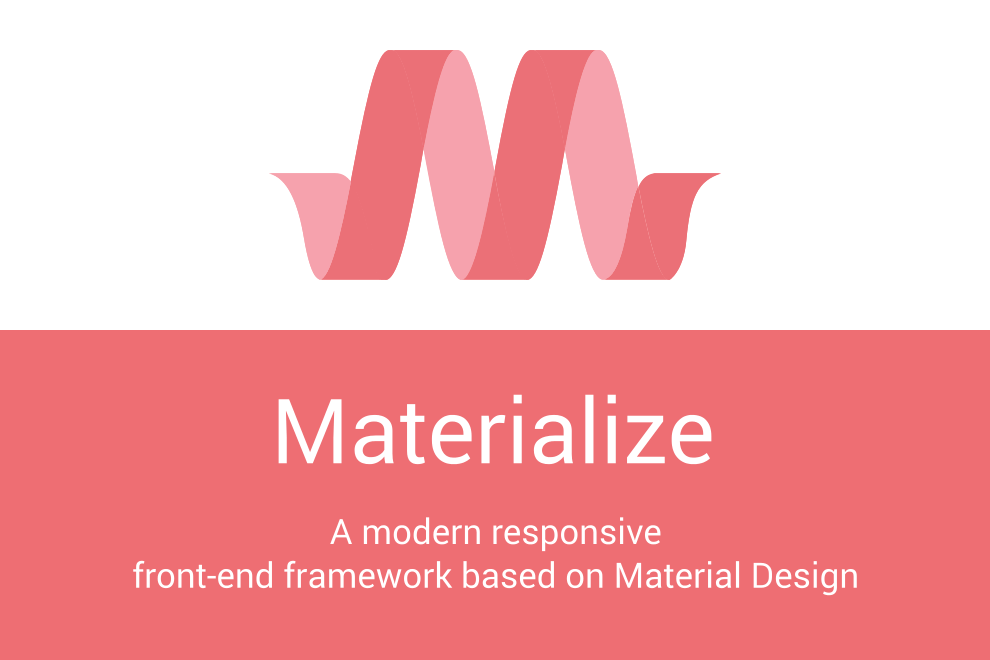
This is a responsive front-end development framework that uses Google’s material design conditions. It comes with ready-to use buttons, cards, icons, forms, and a host of other components that you will find useful in your projects. Materialize is available as both a standard version, and one that runs on SASS. One of the best things about using Materialize is that you never have to worry about compatibility as all the websites you design on it will be able to run on all devices.
7. Pure

This front-end development framework was created by the Yahoo development team. It has a lightweight collection of CSS modules, which are suitable to use in any kind of project. It is purely CSS based, which means you will not be able to enjoy any support for jQuery and JavaScript plug-ins. However, it offers an easy way to create responsive buttons, tables, grids and so many other features using this framework, mainly due to its light weight. Additionally, you can be assured of fast loading times for your apps, even when the user is on the mobile.
8. Susy
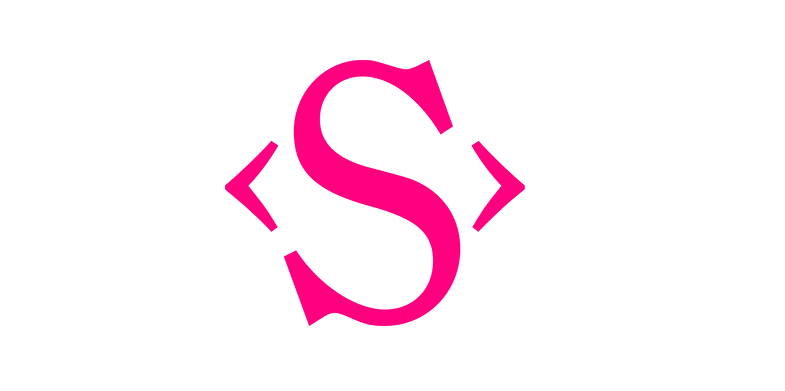
This is the best tool to choose if you have specialized, complex layout needs. With it, you get Mixins, which are very useful in the creation of grids. It will also save you a lot of time and effort as it does all the calculations for you. This is the best framework to use if you need to create a grid layout.
9. Milligram
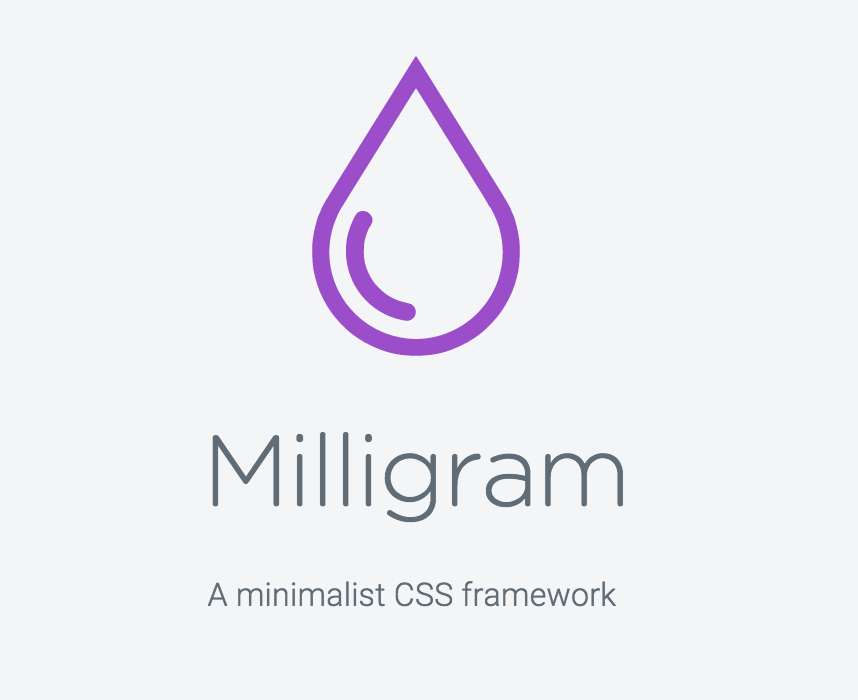
This is another brilliant, lightweight, front-end framework that is small in size. In fact, it is so small that when you zip it, it’s only 2kb in size. If you are looking for a simple and convenient starting point for your web projects, Milligram is the way to go. It comes with a few components that you will need to get started, such as buttons, typography, tables, lists, among others. It uses CSS Flexbox as its grid system.
10. UIKit

This is one of the best front end frameworks you can use today. It has both Sass CSS and LESS preprocessors. It also comes with a number of highly responsive components, which makes it one of the most popular frameworks among web developers. It is also highly customizable , and gives developers the chance to create advanced user interfaces using components like nestables.
Working with a great front end web development framework should be something that every web developer out there desires. One of the main reasons is because it is what will determine how easy it will be for you to work on your projects, but it will also determine the components that you can use to create those websites. Therefore, you will need to take your time if you are going to choose a good framework that you can use for your projects.
Really nice post, it helps me know a topic about i’m pretty newbie: CSS framework. I tried ‘Skeleton’, and it worked great for me. But also PURE.io look good!